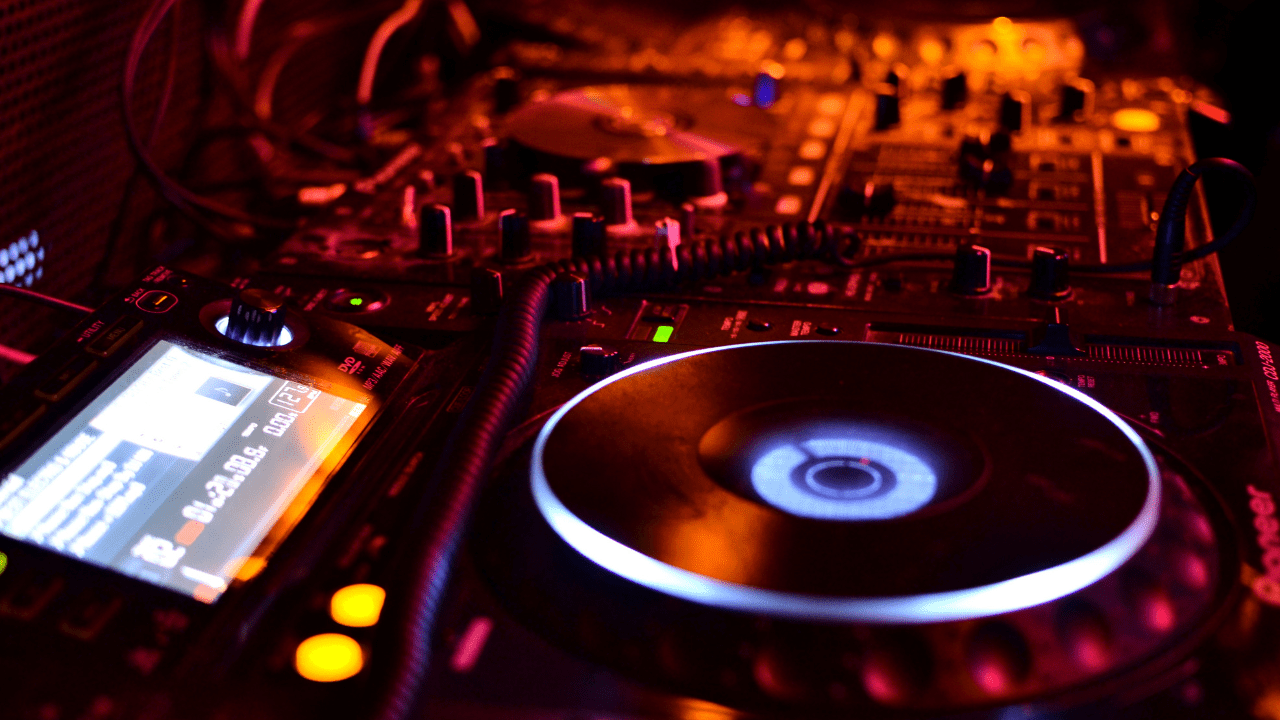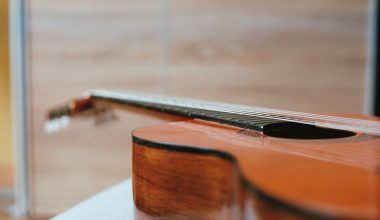When it comes to music, few things are as exciting as the idea of freely exploring and using timeless pieces. Public domain musical works offer a treasure trove of opportunities for creators, performers, and enthusiasts alike. If you’ve ever wondered what “public domain” means in the world of music, this blog is here to guide you through its fascinating and practical aspects.
What Is a Public Domain Musical Work?
First, let’s break down what public domain means. A musical work enters the public domain when copyright protection expires. This makes the music free for anyone to use, adapt, perform, or even remix without needing to pay royalties or get permission. It’s like finding a forgotten treasure chest that’s open for everyone to enjoy.
For instance, classical pieces by composers like Beethoven, Mozart, and Bach are all in the public domain. Their creations can be played, shared, or reimagined without any legal barriers. Isn’t it incredible to think that you can play “Für Elise” at your event or include a Tchaikovsky melody in your video for free?
How Does Music Enter the Public Domain?
You might be wondering how a song becomes public domain. This happens when its copyright term expires. In many countries, this period lasts for the life of the composer plus an additional 70 years. Once that time is up, the music becomes free for public use.
It’s important to note that not every part of a song may be in the public domain. For example, while the original composition of “Clair de Lune” is public domain, a specific modern recording of it may still be under copyright. Knowing this distinction helps avoid unintentional copyright issues.
Why Should You Care About Public Domain Music?
Imagine creating a project—a video, a podcast, or even a stage performance—and not having to worry about licensing fees or legal hassles. Public domain musical works allow you to:
- Add timeless, high-quality music to your content.
- Save money that would otherwise go toward licensing.
- Experiment creatively by remixing or adapting classical pieces.
It’s an opportunity to connect with the past while creating something new. Whether you’re a budding musician, a filmmaker, or a content creator, public domain music can elevate your work.
Examples of Popular Public Domain Musical Works
Many musical masterpieces have found their way into the public domain. These include:
- Ludwig van Beethoven’s Symphony No. 5: Known for its dramatic opening notes, this symphony has inspired countless renditions.
- Johann Sebastian Bach’s Brandenburg Concertos: A favorite among classical music lovers.
- Wolfgang Amadeus Mozart’s The Magic Flute: A rich source of arias and overtures.
By tapping into these works, you’re not just using music—you’re bringing a piece of history into your creation.
Where to Find Public Domain Music
Thanks to the internet, accessing public domain musical works has never been easier. Numerous websites specialize in offering free downloads of public domain music. Some great starting points include:
- IMSLP (International Music Score Library Project): A massive collection of public domain scores and recordings.
- Musopen: Offers royalty-free music and educational resources.
- Project Gutenberg’s Sheet Music Section: Focuses on providing free sheet music for public domain works.
Take your time exploring these platforms. You might stumble upon something that sparks your next creative project.
Can You Modify Public Domain Music?
One of the best parts about public domain musical works is the freedom they offer. You can:
- Rearrange them to suit your style.
- Combine different works to create something unique.
- Use parts of a piece as inspiration for new compositions.
This flexibility makes public domain music perfect for those who love to experiment. Whether you’re crafting a modern remix or a cinematic score, the possibilities are endless.
How Public Domain Music Empowers Content Creators
For content creators, music can set the tone and elevate the quality of their work. Public domain music offers an affordable and versatile solution. For example:
- YouTubers can use it as background music without worrying about copyright claims.
- Podcasters can add depth and emotion to their storytelling.
- Filmmakers can create memorable scenes with iconic compositions.
The key is to choose music that aligns with the mood and message of your content. With so many options, public domain music ensures you’ll always find something suitable.
Challenges to Watch Out For
While the concept of public domain music is straightforward, there are some potential pitfalls to be aware of:
- Copyright on Performances: Modern recordings of public domain works may still be protected.
- International Differences: Public domain rules vary by country, so double-check if a piece is public domain where you live.
- Mislabeling: Not every “free” music file online is genuinely public domain.
Being informed and diligent can help you avoid these issues and make the most of public domain musical works.
The Future of Public Domain Music
As time goes on, more musical works will enter the public domain. This is great news for creators everywhere. With each passing year, new treasures become available, expanding the possibilities for innovation and artistic expression.
In addition, efforts are being made to preserve and digitize older works, ensuring they remain accessible to future generations. This ongoing process helps keep the spirit of public domain alive and thriving.
Wrapping It Up
Public domain musical works are more than just a resource—they’re a bridge between the past and present, offering endless opportunities for creativity and connection. Whether you’re a musician, a filmmaker, or someone looking to add a touch of elegance to a project, the world of public domain music is yours to explore.
So go ahead, dive into the melodies of history, and let them inspire your next masterpiece.
For further reading, explore these related articles:
- Old Karaoke Songs: Relive the Golden Days of Music
- Let’s Talk About Selena Gomez’s “Single Soon” Lyrics!
For additional resources on music marketing and distribution, visit DMT Records Pvt. Ltd..






